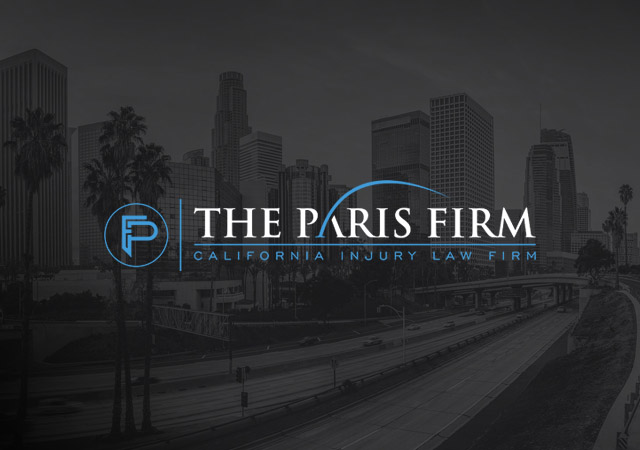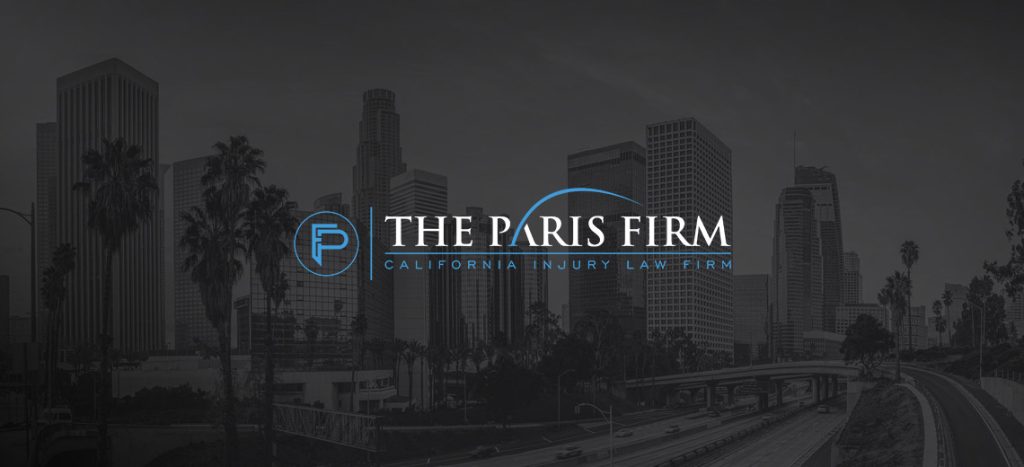Two-dimensional photos and diagrams of car accidents scenes have been used as evidence in accident claims for many years. Because the available information from these images is limited to two dimensions captured within the edges of the photo or diagram, however, they can miss essential details – and, in some cases, an injured person may lose their claim as a result.
A new technological tool may change that, however. Researchers at the National Transportation Safety Board (NTSB), which investigates airplane, railway, and similar accidents, have begun using laser scanners to create 3D models of crash sites.
Car Accident Lawyers in Chino Hills
Each scanner is mounted on a tripod and placed at the site, where it rotates 360 degrees, scanning the area. Placing the scanners in multiple spots at the accident scene allows investigators to capture 3D models from multiple perspectives, which are then combined via computer to produce a final model of the site.
The laser scanners can be calibrated to catch fine levels of detail, such as skid marks, dings and dents in vehicles, and the exact position of glass fragments or other tiny debris from a crash.
By combining the finished 3D model with computer simulation software, investigators can see the most likely ways in which a crash occurred – and can make more educated guesses about what factors led to the crash and who may have been at fault.
Experienced, Local Attorneys Representing Clients Throughout the Los Angeles Area and Beyond
While this 3D technology is not yet standard in most car accident claims, both drivers and insurance companies have incentives to adopt the technology. More accurate crash site models may help answer questions and lead to smoother claims processing.
As technology changes, so do the options for gathering and presenting evidence in a car accident case. An experienced California car accident lawyer can help build a strong case for compensation, based on the best available evidence in your case. To learn more, contact The Paris Firm today at 909.551.4040 or via our online contact form.
The articles on this blog are for informative purposes only and are no substitute for legal advice or an attorney/client relationship. If you are seeking legal advice, please contact our law firm directly.












